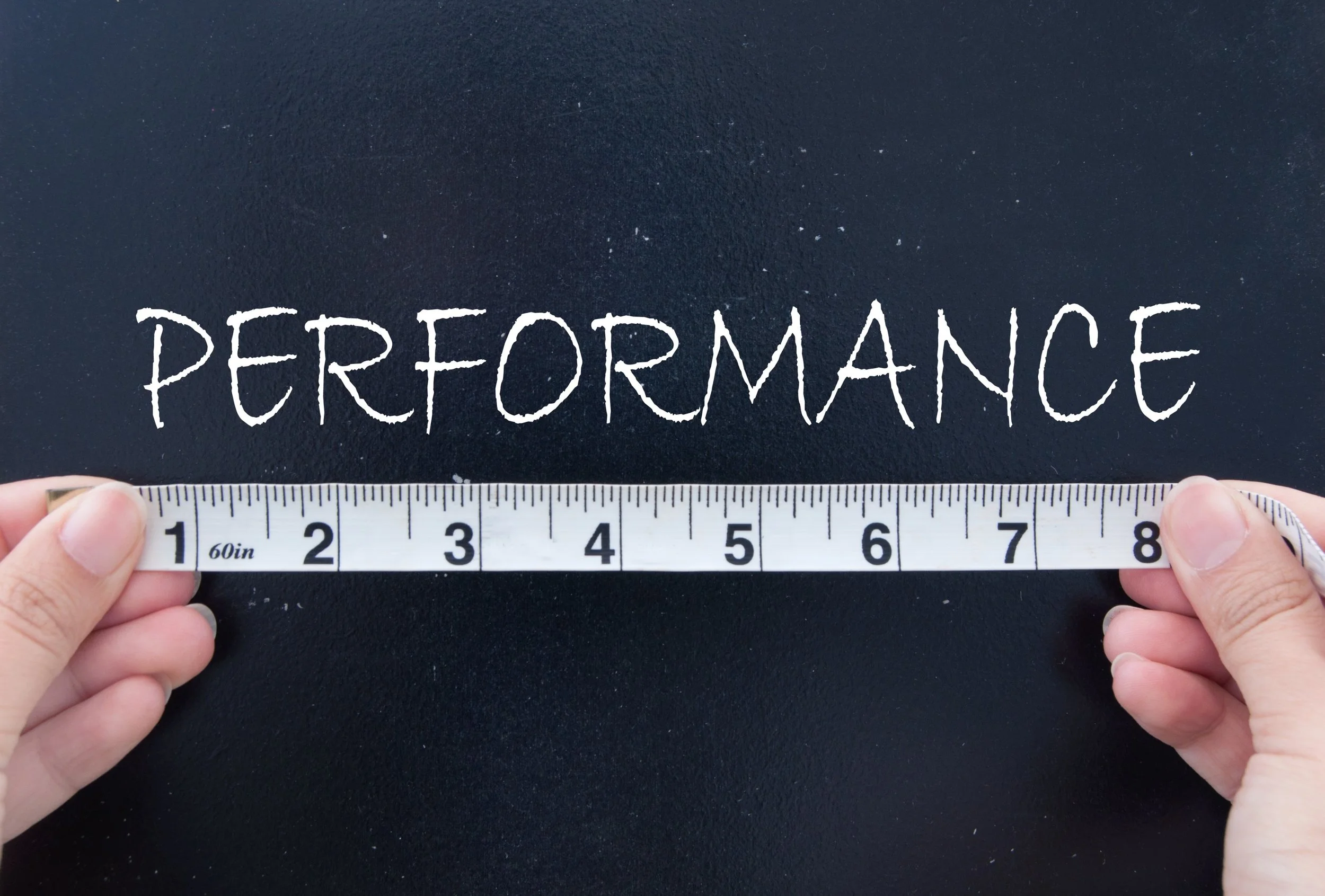Measuring What Matters: How You’ll Know Behavior Has Actually Changed
/Performance Measurement
The Second Essential Question
Most organizations measure learning—but not performance. They track completions, test scores, or satisfaction while skipping the one question that determines real impact:
How will behavioral change be measured?
Training only creates value when it leads to visible, verifiable improvement. If we can’t define what success looks like, we can’t design training that produces it. Question 2 prompts organizations to move beyond activity metrics and toward performance outcomes that leaders, managers, and learners can clearly see.
From Completion to Performance
Completion tells you they showed up. Performance tells you whether anything has changed.
Traditional learning metrics—such as attendance, quiz scores, or smile sheets—are helpful but limited. They confirm that learning occurred, not that people are applying what they learned in their day-to-day work.
Performance measurement begins by shifting the conversation. Instead of asking, “Did employees finish the training?” ask:
Are they consistently demonstrating the new skills?
Can managers observe the behaviors on the job?
Are performance indicators trending in the right direction because of the change?
When organizations reframe measurement around performance, learning stops being a task to complete and becomes a tool to improve results.
Defining What to Measure
Effective measurement starts with clarity. Before the training is developed, L&D and stakeholders must define the specific behavioral and operational indicators that will demonstrate whether the training was effective.
Behavioral indicators
These are actions managers can observe, verify, and coach:
Employees following updated procedures
Teams applying new techniques consistently
Leaders using coaching, feedback, or communication behaviors introduced in training
Behavioral indicators show what people do differently.
Operational indicators
These are the business results linked to those behaviors:
Reduced errors or rework
Faster cycle times or improved productivity
Higher customer satisfaction or compliance performance
Operational indicators reveal the outcomes achieved by those behaviors.
Together, these two categories provide organizations with both evidence of change and the impact of change—a complete and credible performance story.
Building Measurement Into the Design
Measurement should begin long before the first learner attends training. When measurement is built into design, the learning experience becomes aligned with real-world expectations from the start.
This early planning ensures that:
Content supports observable performance rather than abstract knowledge.
Managers know what to watch for and how to reinforce it.
Data collection is simple, predictable, and embedded into ordinary workflows.
Baseline performance is captured, making improvements visible and defensible.
A simple observation form, a short behavioral checklist, or an existing dashboard often provides all the infrastructure needed. The goal isn’t complexity—it’s clarity.
Designing with measurement in mind turns evaluation from an afterthought into an intentional performance strategy.
Why Measurement Matters
Without measurement, improvement becomes a matter of opinion. Leaders guess whether training worked. Managers rely on anecdotes. Learners never receive meaningful feedback. And L&D is left defending budgets rather than demonstrating impact.
Question 2 forces a shift:
Define how success will be observed, tracked, and communicated before the training's commencement.
When organizations answer this question:
Managers reinforce the right behaviors more consistently.
Learners understand expectations and what “good” looks like.
Leaders gain evidence to justify training investments.
L&D demonstrates credibility, clarity, and strategic value.
Ignoring this question keeps organizations reactive and focused on participation. Answering it creates accountability and positions training as a performance driver—not an expense.
The Bottom Line
If you can’t measure it, you can’t improve it.
The organizations that measure performance—not participation—prove impact, build trust, and strengthen their culture of continuous improvement. And they lay the foundation for the following essential question:
What outcomes will this training improve?
Call to Action: Start Using This Question Now
Before launching your next training program, pause and ask:
“How will we measure behavioral change?”
Use it in project kickoffs. Add it to intake forms. Make it a required part of every learning request.
When organizations commit to asking—and answering—this question, training stops being a matter of guesswork and becomes a strategic driver of measurable performance.
Ask it. Use it. Require it.
That’s how real change begins.


